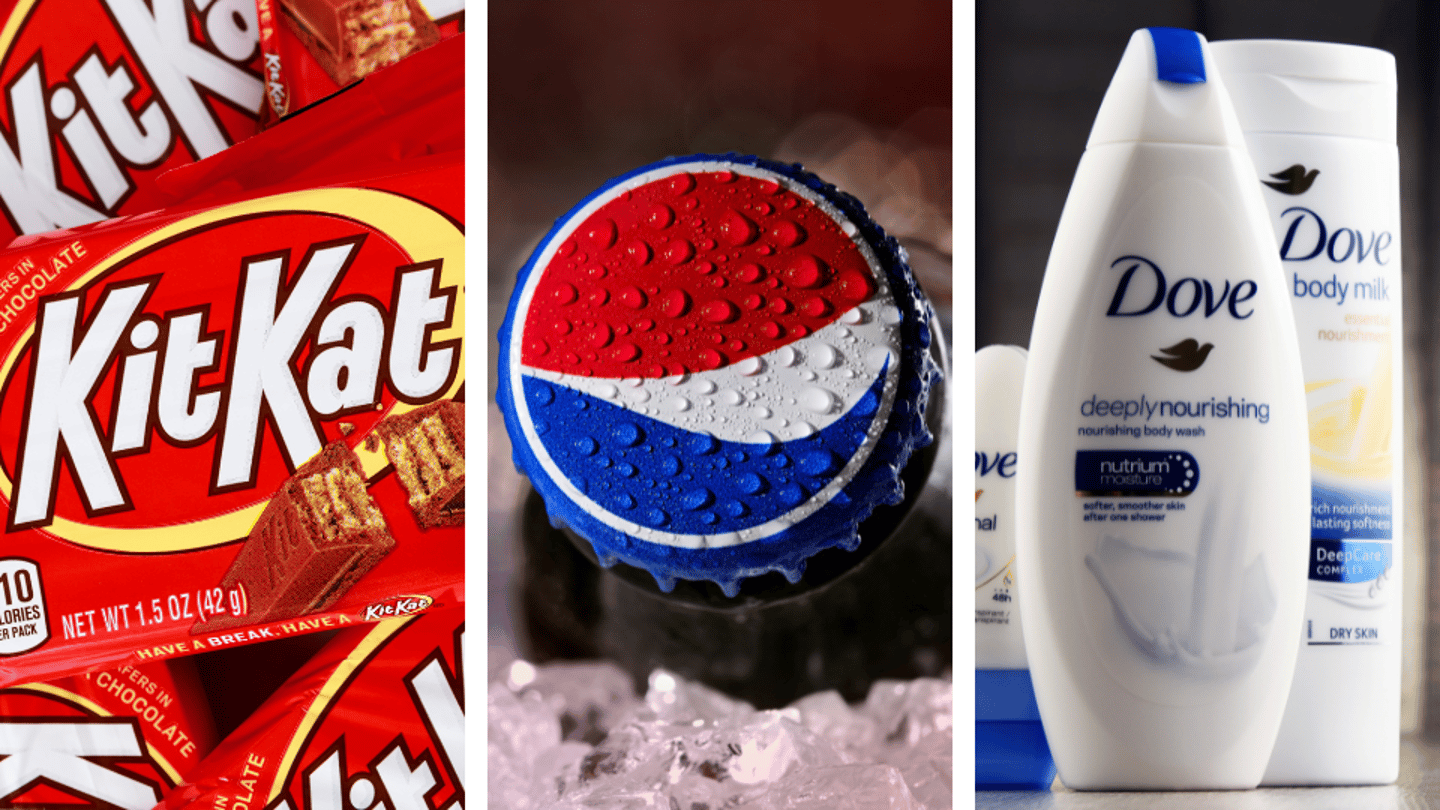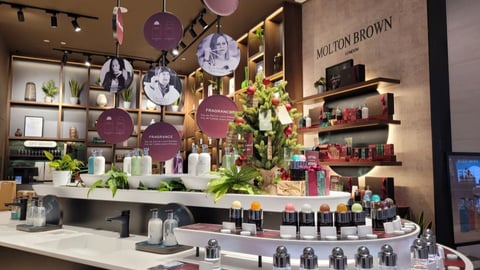P&G, PepsiCo, Nestle, Kimberly-Clark: Consumer Behavior Snapshot in a Bifurcated Market
Are consumers trading up or down? It depends upon whom you ask in the latest round of earnings calls, and both sides are right.
With non-discretionary purchases still facing the squeeze, consumers continue to cut back on spending in dining out, clothing, toy and hobby, gifts, and entertainment, Sally Lyons Wyatt, Circana global EVP and chief CPG and foodservice advisor, tells CGT.
Though the cuts are even more acute for consumers with student loans, things aren’t all doom and gloom in retail.
“More people are coming back into retail, but you can't really tell because the pricing is softer than a year ago,” she says. “So [even though] it doesn't look like there's been growth on a dollar basis, the volumes are starting to turn into positive, which we haven't had in a couple of years. … So there's an undercurrent of positivity coming.”
While trade-down is predominantly being driven by lower-income consumers, trading up is across the board, she says. Higher-income consumers are trading up the most because they have the means, but lower-income consumers are trading up to premium products because they’ve drawn down on their discretionary spend.
For example, pricing has softened in food and beverage. With out-of-home pricing up due to labor costs, retail volumes are rebounding as consumers eschew restaurants to indulge at home, says Wyatt.
Prestige beauty is also on fire and continues to outpace in unit volume and dollars thanks to video-driven younger consumers flocking toward their products.
A bifurcation is occurring in CPG: “Price and value can mean different things to different people. … Dollar [stores] and convenience have done a really good job of capturing those consumers because of the sizes they have,” though the price per ounce may not be as economical as consumers desire.
Procter & Gamble
U.S. consumers are not trading down to private label when it comes to P&G products, per Andre Schulten, P&G CFO, in an earnings call. In fact, they’re more inclined to trade up, with the company seeing a particular opportunity surrounding their mid-tier Luv’s brand. “Once they trade into P&G propositions, they continue to trade up actually within those propositions, be it from liquid detergent to unit dose to power pods,” Schulten stressed.
PepsiCo
Noting that lower-income U.S. consumers are “stretched,” PepsiCo is pivoting its beverage and snack commercial and innovation plans to provide value during different parts of the month, as well as using different strategies for digital and physical retail channels, said CEO Ramon Laguarta.Nestle
Nestle was another company calling out the bifurcated market, noting that although lower-income consumers are trading down, there’s increased interest in premiumization. As a result, the CPG will try to spur softened demand through stepped-up marketing and promotions this year, as well as a pipeline of new products.Kimberly-Clark
While the premium sector is growing robustly, middle- to lower-income households are becoming more stretched, said Kimberly-Clark CEO Mike Hsu, and they’re seeing limited trade-down in a few categories, such as adult care and household towels. The company’s long-term growth drivers include elevating products across the good-better-best ladder.Helen of Troy
The maker of brands like Hydro Flask, Revlon, Braun, and Oxo will increase distribution, marketing, and customization efforts this year to better meet a softer consumer. This includes exclusive Hydro Flask launches with retail partners for new configurations, formats, and designs. “[Consumers] are very willing to purchase multiples if it's a color or design, or a special edition that they have to have. … And I think you can expect to see more configurations and more different formats as we go across the year to meet those different occasions as we've done more work to understand our target [consumer] as well as distribution opportunities,” said Helen of Troy CEO Noel Geoffroy.
CPG Focus List
Wyatt also provided some guidance for manufacturers in this environment. Among the strategies that are critical right now:
Targeted engagements: CPGs should zero-in on targeted communications to address the different ways the different cohorts are buying.
Price pack architecture: Driving value to these cohorts means pack size is important. “Low-income and younger households buy less on promotion than other households in a high/low environment.”
Consumer relevance: “When they're making choices, some non-discretionary categories may end up becoming more discretionary if they just don't need it as much.” As a result, CPGs should ensure joint business plans embrace occasion and/or need-based strategies to stimulate growth.
Brands matter: Low-income and non-Caucasian households are more likely to buy branded products vs. store brands when looking at total store sales. “Finding ways to keep yourself in the mix is key.”
Product innovation: “More frequent newness” is critical after years of the dearth of new products. It doesn't have to be a new brand — It can be a new way of using something.
Artificial intelligence in the supply chain: Opportunities abound surrounding the use of AI in the supply chain to drive speed, communication, and flexibility.





